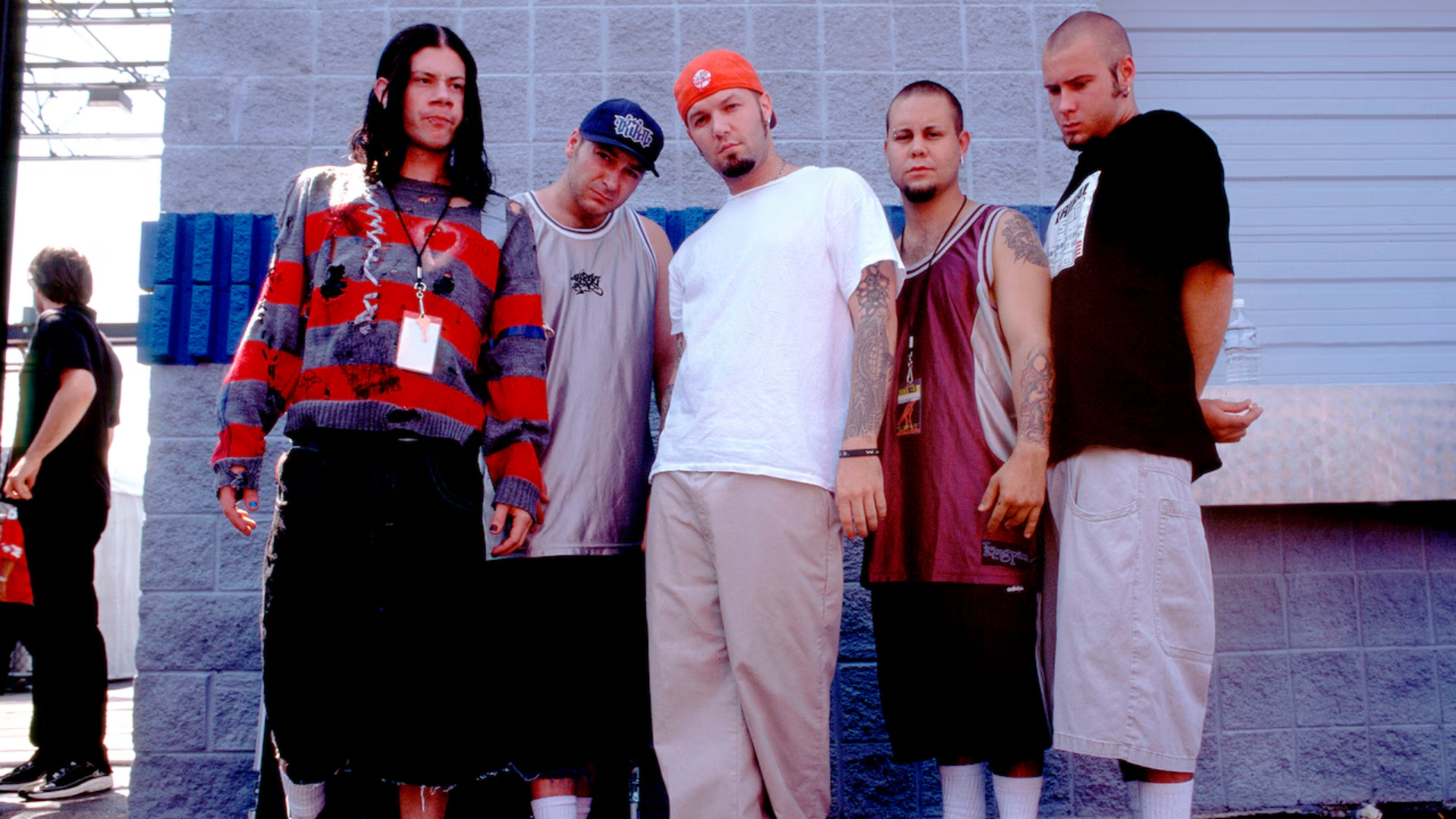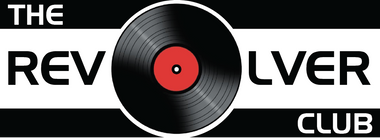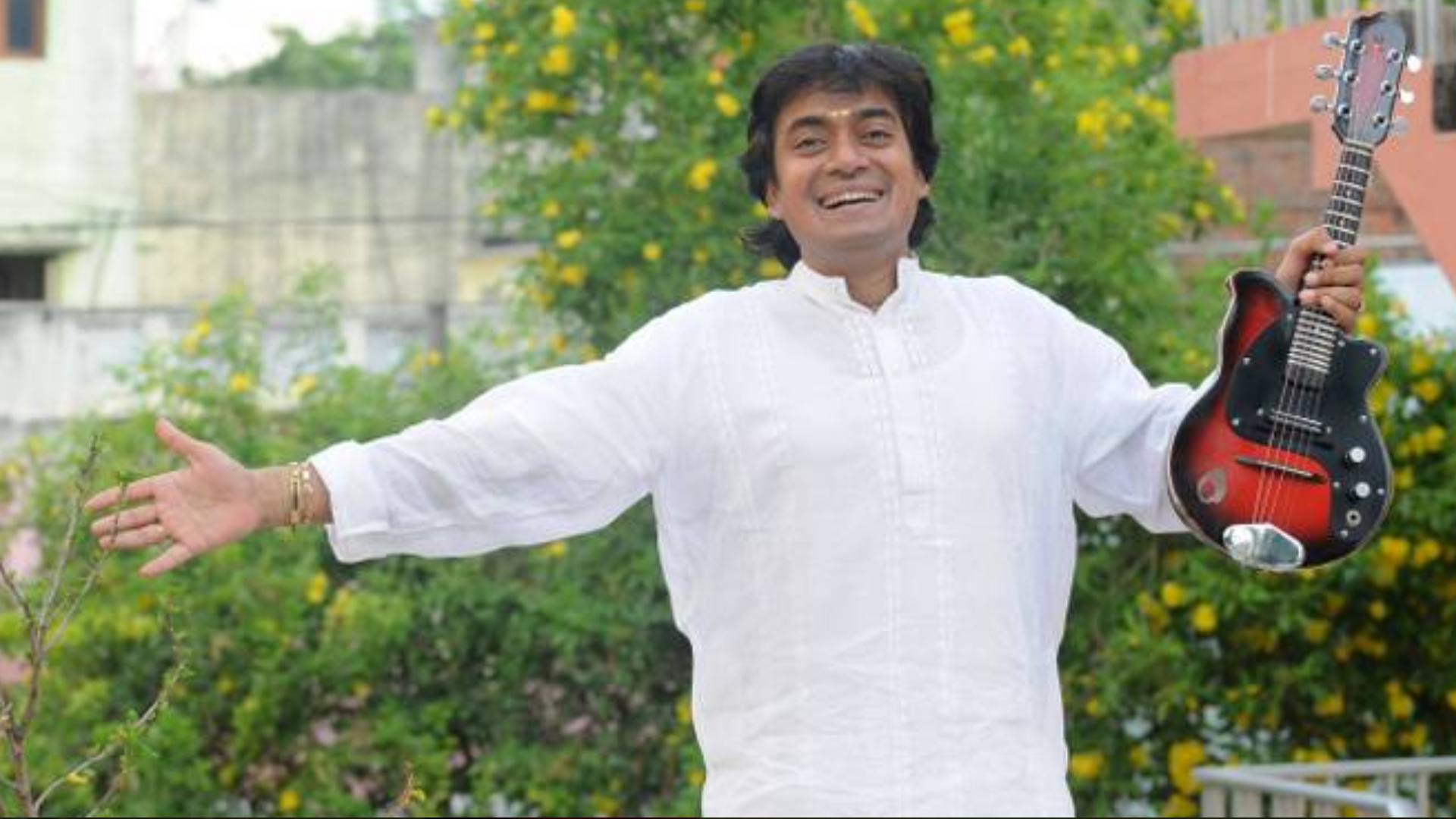Break Stuff: The Cult of Limp Bizkit

For many people, Limp Bizkit never really disappeared. They simply receded into the background of adulthood, sitting somewhere between the noise of early internet culture and the first real taste of teenage rebellion.
Now, for those who grew up in the late nineties and early 2000s, the band feels less like a phase and more like a shared relic—part nostalgia, part defiance, and part reminder of what it felt like to feel things at full volume.
Limp Bizkit arrived at a time when mainstream rock had polished its edges, and instead of fitting in, they detonated through it. Fred Durst’s restless energy, Wes Borland’s surreal theatrics, and Sam Rivers’ deep, anchoring bass gave their sound a volatility that mirrored the era itself. It was loud, blunt, and occasionally absurd—but it spoke to a generation trying to find a voice between disillusionment and self-assertion.
Nowhere was that clearer than at Woodstock ‘99, where Limp Bizkit became both symbol and scapegoat for the festival’s collapse into mayhem. Their performance of Break Stuff ignited the crowd in a way that’s still debated decades later. In hindsight, that moment crystallized everything about their appeal and their controversy: they embodied the energy people were afraid to name.
Two decades later, that same intensity feels strangely earned. The band’s fans, now in their thirties and forties, no longer see Limp Bizkit as a punchline but as part of their personal mythology. Limp Bizkit’s continued presence—through tours, viral clips, and renewed appreciation—shows how their audience has matured without abandoning the emotional pulse that once drew them in.
Limp Bizkit’s legacy was never about technical perfection or critical approval. It was about energy, and what it meant to belong to it. They were the sound of bottled-up emotion exploding in public, the unvarnished mess that somehow became a movement. The cult of Limp Bizkit endures not because of nostalgia, but because it represents something people rarely admit they miss: the freedom to feel unedited.
Formation & Early Years (1994–1996)
Before the fame, Limp Bizkit were just five guys from Jacksonville playing in small clubs, handing out burned CDs and cassettes of their early demos like Mental Aquaducts. They spent those early years rehearsing and performing endlessly - focussing on getting tighter, louder, and more unpredictable with every show. What began as a handful of local gigs slowly turned into a scene, built on word of mouth and the sheer force of their live energy.
Breakthrough with Three Dollar Bill, Y’all (1997)
Their debut album hit like a punch. Recorded in a week and packed with distortion, Three Dollar Bill, Y’all introduced a sound that was abrasive but addictive. “Counterfeit” and their cover of George Michael’s “Faith” turned heads, showing a mix of irony, rage, and wit. It was rough around the edges — and that rawness became the band’s identity.
“Nookie” and the Mainstream Explosion (1999)
With Nookie, Limp Bizkit went from cult status to MTV domination. Fred Durst’s red cap became a pop-culture symbol, while the video ran on endless repeat. It spoke to millions of teens caught between anger and absurdity. “I did it all for the nookie” became both a meme and a generational mantra.
Significant Other Era (1999)
Released at the height of nu-metal’s takeover, Significant Other was defiant, loud, and self-aware. Songs like “Re-Arranged” and “Break Stuff” captured the chaos of growing up in an increasingly numb world. This album wasn’t just a success; it was a mood. Limp Bizkit became both the soundtrack and symbol of late-’90s rebellion.
Break Stuff; The Ultimate Release
Few songs embody bottled-up frustration like “Break Stuff.” The track became a universal outlet for anyone ready to snap. Sam Rivers’ bass and John Otto’s drums built a tension that Fred Durst detonated. To this day, no live crowd sits still when it drops.
Woodstock ’99 Descends Into Chaos
Woodstock ’99 stands as one of Limp Bizkit’s most defining performances. When Break Stuff began, tension in the crowd gave way to complete disorder. Attendees tore plywood from scaffolds and surfed across a mass of bodies. Fred Durst kept the momentum going, feeding off the chaos around him. The set became a symbol of a generation’s restless energy and the recklessness of the festival itself.
Rollin’ – Peak Pop-Culture Moment (2000)
From The Undertaker’s WWE entrance to MTV award shows, its swagger defined the era. The music video — shot on the roof of the World Trade Center — captured the band at their most confident. It was absurd, over-the-top, and absolutely unforgettable
Chocolate Starfish and the Hot Dog Flavored Water (2000)
At their commercial peak, Limp Bizkit released an album that sold a million copies in its first week. It was indulgent, juvenile, and self-aware — exactly how the fans liked it. “My Generation” and “Take a Look Around” became anthems.
Fred Durst Becomes a Cultural Lightning Rod
By 2001, Fred Durst wasn’t just a frontman — he was a headline. Loved and hated in equal measure, he became the face of nu-metal’s excess. Yet behind the mockery was a strange admiration: Durst understood performance. He leaned into the caricature, made himself the villain, and kept the band on everyone’s radar.
The Wes Borland Factor
Borland’s departure and return became part of Limp Bizkit lore. His eerie visuals, experimental tunings, and sense of theatre gave the band its strange duality. When he left in 2001, fans mourned. When he came back, it felt like balance restored. Borland turned Bizkit’s aggression into something visual, even cinematic.
“Behind Blue Eyes” – A Softer Glimpse (2003)
Their cover of The Who’s “Behind Blue Eyes” surprised everyone. Stripped of bravado, it revealed an emotional core often overlooked. Fred’s vocals were fragile, almost apologetic, and fans who’d grown up moshing suddenly paused to listen. It was divisive but human; a reminder that even chaos has its quiet side.
Gold Cobra and Touring (2011)
By 2005, the world had moved on. Trends shifted, nu-metal cooled, and Limp Bizkit faded from the spotlight. Gold Cobra marked their comeback, unpolished and self-referential. Critics didn’t get it, but the fans did. The world had changed, yet Bizkit’s energy felt familiar. Seeing them back on stage, older but unapologetic, was cathartic.
Still Sucks and the Revival (2021)
Two decades after Significant Other, they released Still Sucks — part nostalgia, part satire. The album proved they understood their legacy better than anyone else. Fred Durst’s “Dad Vibes” persona embraced aging without irony.
Influence and Legacy of Nu-Metal
They were both creators and casualties of the nu-metal boom. Without Bizkit, the genre doesn’t exist in the same way. Their mix of rap, metal, and humor shaped acts from Linkin Park to Bring Me the Horizon. What critics called a fad became a full-circle revival, proving their chaos left structure behind.
Sam Rivers — The Groove Beneath It All
Sam Rivers gave Limp Bizkit their rhythmic identity. His five-string Warwick bass cut through distortion with clarity, giving the band its low-end thump and bounce. He drew from funk and jazz phrasing, turning riffs into patterns that carried movement rather than heaviness. Sam Rivers’ passing felt deeply personal to longtime fans. His playing had been part of daily life for years, a sound people carried through different stages of growing up. Remembering him brings back those first records, the concerts, and the steady rhythm that defined how Limp Bizkit always felt alive.



Comments